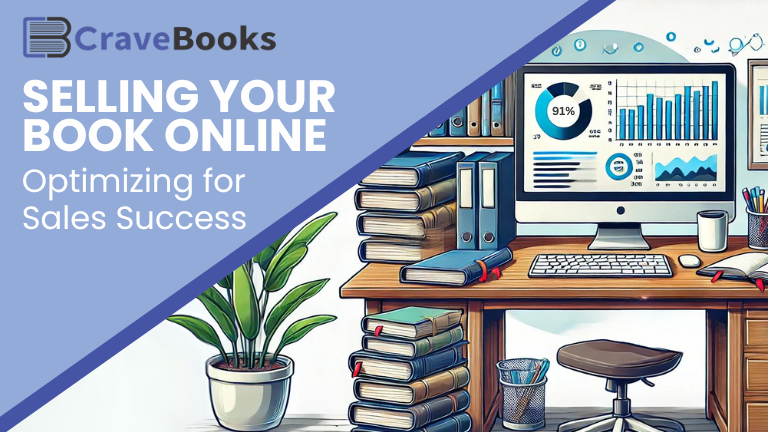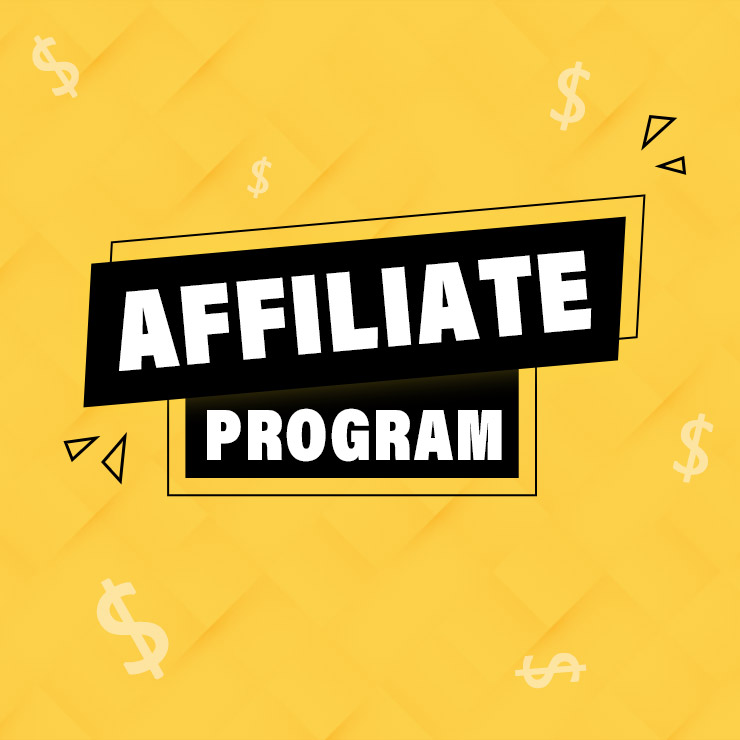Before you start selling your book online, you want to optimize everything about it for the highest sales success. The exterior, front-facing elements include your cover, description, and price, and then there are interior elements, such as the front and back matter, formatting, and, of course, polished writing. Let’s break down how to optimize your book for online sales success.
Optimizing the Big Three Factors for Selling Your Book Online
Cover Design
Let’s start with cover design. As much as we hate to admit, readers absolutely judge a book by its cover. They don’t necessarily look at the cover and decide whether the book is good or bad, but they do make unconscious, snap decisions whether it’s right for them. Every genre has a particular “look” about it, and if a book’s cover doesn’t match that look, the reader believes it’s “not for them.” So no matter how beautiful or perfect you feel your cover is, if it doesn’t meet the genre’s criteria, it’s likely to be overlooked by your target audience.
To save time, money, and a lot of heartache, start the cover design process by studying what’s selling in your genre. Go to the Amazon Top 100 pages for your genre and make note of what they all have in common. Perhaps it’s a popular color scheme, an art technique, and/or placement of title, author name, and tag line. In some genres, the highest selling books feature real models on their covers, while in other genres, covers with a single object or a cartoon image or no image at all and only words sell best.
It’s tempting to want to stand out by going with a completely different style. You do this at your own risk. You definitely want to stand out…but not too much. Readers have expectations, and if you slide too far away from meeting those expectations, they’ll simply ignore your book. And you don’t want that!
Once you have an idea of what covers sell in your genre, find a cover artist who works in that genre or whose other work could translate well into your genre. Paying for a professionally designed cover is one investment you definitely want to make. It’s the first impression the public will likely have of your book—make it count!
Book Blurb
If the cover has grabbed a potential reader’s attention, the very next thing they look at is the description (aka book blurb). Again, study what sells in your genre by going to each bestseller’s product page and reading the blurb, noting what they all have in common. What’s the average length? How much detail is revealed? Does the voice of the description sound salesy, narrative, or in the voice of the main character (if you can’t tell this last one, read the sample to get a better idea)? What promises are made for non-fiction? Do the descriptions more often end with an intriguing question or a jaw-dropping declaration? Remember, the goal of the book blurb is to make the reader want to know more…which they get by buying your book.
To be honest, writing a 100- or 200-word blurb can feel a hundred times more challenging than writing a 100,000-word book. Blurb-writing professionals can write a polished book description for a fee. Because the book blurb plays such a big role in closing the sale, you might want to make this investment. However, give it a try (or several) yourself first. A professional will need a starting point anyway, and it’s good practice. Besides, you never know—you might surprise yourself at how good you are at it. Another idea is to trade writing descriptions with a writing friend. A lot of writers can write spectacular descriptions for any book but their own.
Pricing
Your potential reader is just about ready to buy your book, but there’s one more thing they’ll look at: the price. We want to believe our cover and description have sold the book so well that it’s going to fly off the shelves at any price point. Unfortunately, that’s not reality. Be strategic in how you price your book to ensure the market will bear it and you will earn a profit.
There are many pricing strategies you could follow, each of them successful in various circumstances. Once again, refer to your genre to get an idea of the price range, because you will find several price points. You want to ensure you’re within the range. Too high may drive readers to another book they’re just as interested in but costs less, and too low may have them thinking there’s a catch or it’s poor quality…unless you’re doing a special launch price or a sales promotion. Which, of course, are possible strategies.
To decide on your price, know your goals first. Do you want more money or a larger audience? Seasoned published authors can do both with one strategy, but when you’re first starting out and haven’t built a large audience yet, you may be willing to sacrifice profit to gain more readers. Or maybe you don’t care about growing an audience because you’ll never write another book or don’t have anything else to sell to the same people. In this case, you can price your book however you want because big sales numbers aren’t important to you. Once you know your goals, you can formulate your pricing strategy for selling your book online and off.
Optimizing Your Book’s Interior for Online Sales Success
Your book cover, description, and price have done their jobs, and now the potential reader is peeking inside your pages. When selling your book online, most ebook retailers allow customers to preview up to 10% of a book, and at bookstores, author signings, and conventions, readers will flip through to get an idea of what’s inside. It’s important that your interior shines and grabs their interest.
Editing
First, make sure the actual writing is polished to perfection. Modern readers are astute, and they’ve been burned too many times by poorly edited books that they couldn’t make sense of and wasted their time and money. With millions of books to choose from, they’ll quickly move on if they notice a book hasn’t been edited and proofread. Investing in a professional editor is just as important as a professional cover designer. Book covers, good writing, and editing are the biggest things that can make or break a book.
Front & Back Matter
Second, make the most of your front and back matter. Because the ebook sample size may be limited on ebook retailer sites, you want to ensure your front matter has high quality content. For non-fiction, this includes a table of contents so the reader can see what topics are covered, even if they only get a sneak peek at a few pages of the foreword or first chapter. For fiction, you want as much of the story as possible to show in the sample, so keep your front matter to a minimum. A list of other books you’ve written shows credibility, as well as a few reviews of this book or previous ones (if they’re in the same series or at least genre). Whether fiction or non-fic, make sure you have a link to your website, at the minimum, or better, a reader magnet to entice the reader to sign up for your newsletter.
You have a little more leeway with your back matter, but best practice is not to stuff it too much. The very next line after the last line of the book should be ONE link – either to the next book in the series or to sign up for your email list. If you offer too many additional links, the reader will simply ignore them all. Keep it simple for them!
After the last page comes Acknowledgements, About the Author, then links to your other books. If there’s another book in the series, and especially if you left this book on a cliffhanger, you may want to include an excerpt, but don’t make it too long. Readers really don’t like to get to the good part of a book, see they still have 15% left, only to turn the page to read “The End” because that 15% is all back matter filler.
Formatting
Third, you want your insides to look professional. Because of the nature of ebooks, which usually flow so the reader can control the font size and how much they have to scroll to read, you’d think there’s not a lot to formatting one. There’s more than you think. Be sure you have a consistent look for chapter headings, subheadings, text messages, dialogue, and quotes. Be aware of how images may look when the reader changes font size, and be careful of image size – some retailers subtract a fee from your royalties based on the book’s total file size. Large and color images create a bulkier file.
Print books allow more creativity when it comes to formatting and images, keeping in mind that the number of pages affects your profits. Whether you have beautiful, full-bleed images on chapter pages with fancy section breaks or you keep your design simple and clean, professionalism is important. Potential readers will be picking your book off the shelf or your signing table and flipping through it – this is another chance to impress them…or drive them away.
Other Ways to Optimize Your Book
Besides the above obvious aspects of your book, there are some ways to optimize your book for online sales success that stay behind the scenes. When you’re setting up your book on each retailer, be intentional when choosing the keywords and categories. These tell the retailer which readers will be most interested in your book so they can find it. Also, review your book’s description to consider if topics or tropes can and should be added, as these are keywords that readers will use not only on retailer sites, but in their general browser searches (e.g., Google).
This can be a tricky area if you’re not an SEO or meta-data expert. Fortunately, there are many tools available to help you. Without optimized keywords and categories, readers may never find your book, so an investment in these tools or a professional may be worthwhile.
Writing a book is a big accomplishment, and if you want people to read it, the work doesn’t stop there. Optimizing it from the inside-out by following these guidelines will set you on the right track toward success when selling your book online.
To sum up, selling your book online requires a solid marketing plan. Explore our Book Marketing page for comprehensive tips and strategies




